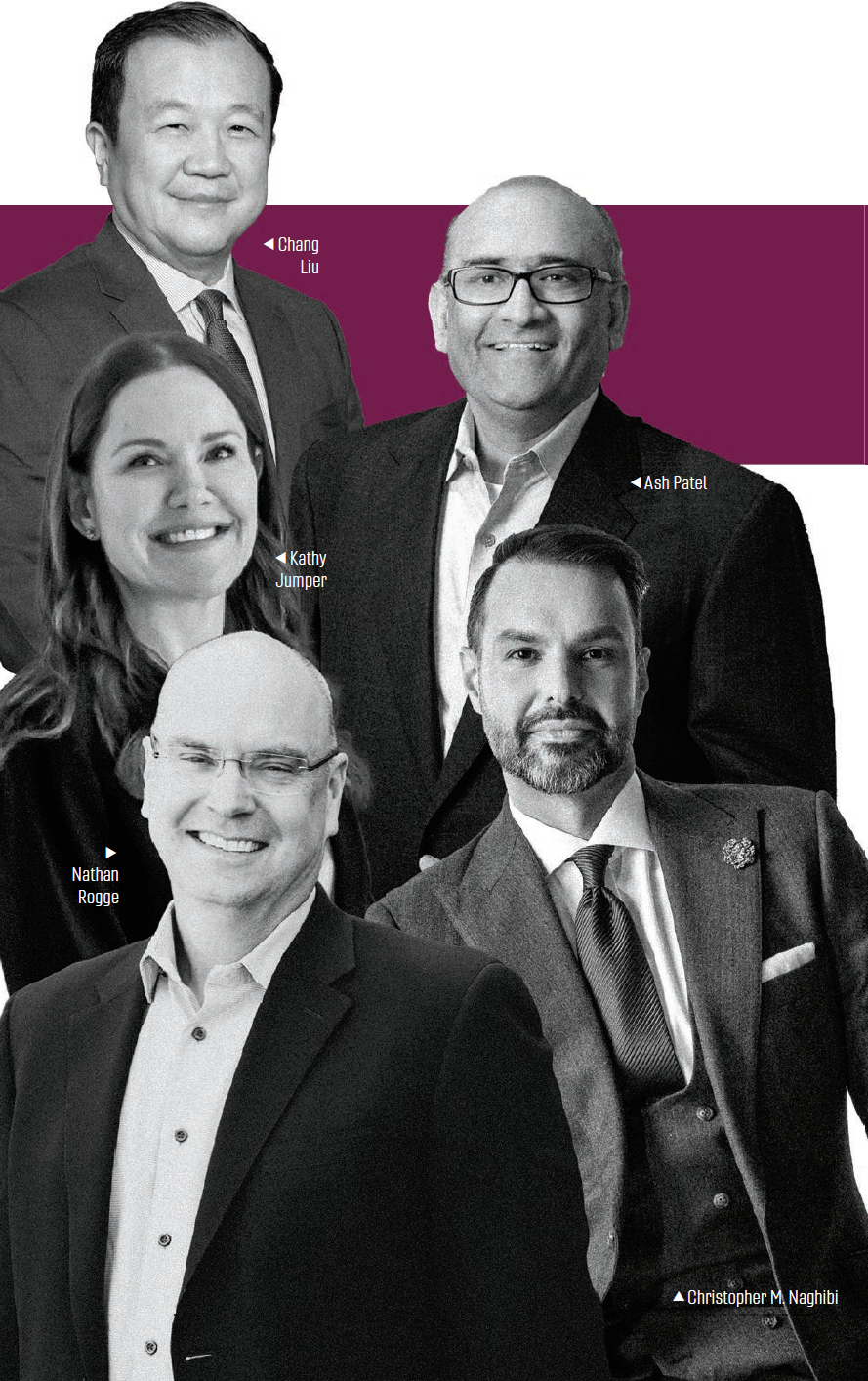
In a year filled with uncertainty in the banking sector, SoCal banks and their leaders remain optimistic and push for customer growth at the community level
The financial sector was rattled last year by rising interest rates, increased competition, and several nationwide bank closures. Nevertheless, there is optimism among many community banks who have withstood these challenges.
The Southern California banking and finance industry is dominated by local community and ethnic institutions that typically have less than $25 billion in assets.
While many local and ethnic banks confront the changing bank landscape, there has been renewed activity for bank mergers and acquisitions. These bank mergers may provide efficiencies of scale and expand the regions in which the banks operate. One of the largest bank mergers in the country last year involved two Southern California banks.
Banc of California completed a merger with PacWest Bancorp in November that combined banks with a total of $46 billion in assets as of September 30. The combined bank operates under the Banc of California name and is headquartered in Los Angeles.
In January 2024, the parent companies for San Diego-based Bank of Southern California, which had $2.3 billion in assets as of September 30, and Walnut Creek-based California Bank of Commerce, which had $2 billion in assets, announced a definitive merger agreement that is expected to close in the third quarter.
While the changing economic landscape has led to consolidation in the industry, other banks reported that higher interest rates have not significantly altered their operations. Many banks stressed to shareholders in annual reports that had little exposure to the same factors that led to bank closures last year.

"Higher interest rates have increased both our yield on earning assets and our cost of funds, but these impacts have largely offset each other."
–Ash Patel
"We launched an upgraded mobile banking platform with enhanced features to improve user experience."
–Kathy Jumper
"By offering one of the highest earnings credit rates in Southern California, we have been successful in bringing new clients to the bank."
–Nathan Rogge
"It isn’t always easy to quantify a return on the investment of time with people, but that is what we are most proud of."
–Christopher Naghibi
“Today’s higher interest rates have increased both our yield on earning assets and our cost of funds, but these impacts have largely offset each other,” said Ash Patel, chief executive of Irvine-based Commercial Bank of California. “We have not experienced a deterioration in borrower performance, in contrast to many other institutions.”
Banks recognize that customers may benefit from higher deposit rates, but their ability to borrow may be impacted by higher loan rates. In an effort to retain and attract customers, many have offered higher rates on financial products, such as checking accounts, savings accounts and CDs. And the numbers can be attractive following a prolonged period of low interest rates.
“By offering one of the highest earnings credit rates in Southern California, we have been successful in bringing new clients to the bank,” said Nathan Rogge, chief executive of First Pacific Bank in San Diego.
Nevertheless, the lending business has been altered by the lingering effects of lower overall commercial office usage, especially for those who have large commercial real estate portfolios, but many community and regional banks do not cater to that sector. Additionally, many borrowers were able to lock in low rates during more favorable periods and have continued to perform well.
“The desire to refinance is also low unless there is a maturity or other cash out needs. Business owners are less likely to increase production lines or expand their business that would otherwise require the acquisition of real estate,” said Chang Liu, chief executive at Cathay Bank in Los Angeles.
Some asset classes, such as multifamily, have performed well and continue to do so. In its 2023 annual report, First Foundation Bank in Irvine noted that it began originating multifamily loans in 2008 and had zero losses to date on its $5.2 billion multifamily lending portfolio. The vast majority of those loans were made in California, but the bank also has branches in Texas, Florida, Nevada and Hawaii.
Technological Advances
One major issue identified by banks and credit unions was adoption of new and emerging technologies. Smaller organizations do not necessarily have the resources to invest and compete with large banks, but mobile banking technology is one area that has been a focal point in an effort to make banking more convenient and available anytime.
“We launched an upgraded mobile banking platform with enhanced features to improve user experience. It comes with advanced digital banking features, allowing members to manage their finances anytime, anywhere,” said Kathy Jumper, chief executive of Orange County's Credit Union, based in Santa Ana.
At Commercial Bank of California, new technology focused on payment verticals that can assist clients with instant payment capabilities, traditional settlement times, and immediate funds accessibility. Other technology involves utilizing artificial intelligence to improve operations on the back-end. The bank has started testing Microsoft’s Copilot software to help with training, fraud detection and documentation assistance.
“The desire in all instances is to streamline client operations as well as gain internal efficiencies,” said Commercial Bank of California’s Patel.
Technology, such as mobile banking, may help extend banking services beyond branch walls, but many banks have a renewed focus on community and personal relationships with clients.
At First Foundation Bank in Irvine, executive vice president Christopher Naghibi described the need to prioritize customer relationships with concierge-level services that involve direct communication and personal attention.
“It isn’t always easy to quantify a return on the investment of time with people, but that is what we are most proud of. This extends both to being more engaged with our employees, but also the people and businesses who bank with us,” said Naghibi.
David Nusbaum

To view or share this content online, use this QR code.